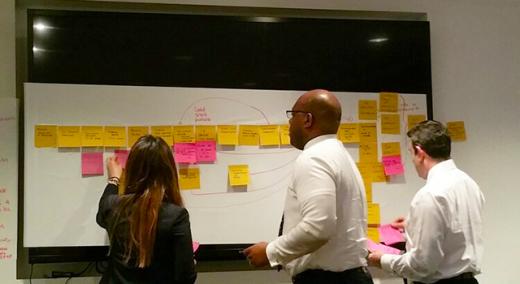Value stream mapping is a team exercise, it’s collaborative, enlightening, and the foundation for professionalism.
|
ADVERTISEMENT |
I’m pretty well-known for saying that teams are unique and that there is no one process that satisfies every team’s needs. There is, however, one activity that I’ve seen every team we’ve worked with, in countless fields—from construction to software engineering to banking, even with groups of patent lawyers at the United States Patent and Trademark Office—and that is a value stream mapping (VSM) exercise.
More than anything else, and perhaps surprisingly, this exercise builds culture and gives teams the means to actually take control of their work. From what I’ve seen, you can’t be a self-organizing team without first seeing and understanding the work you actually do... in all its raw, painful reality.
If you can’t describe what you are doing as a process, you don’t know what you are doing.
~ W. Edwards Deming
…

Add new comment